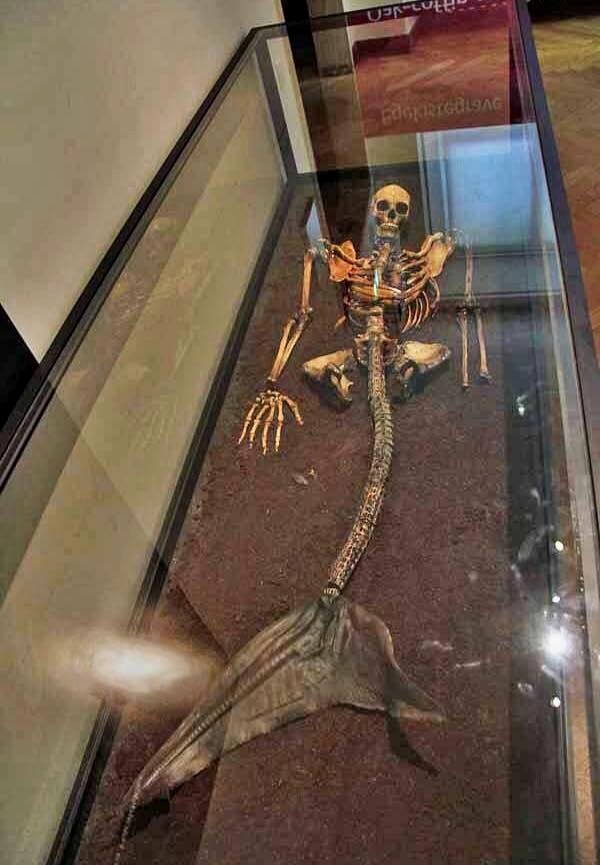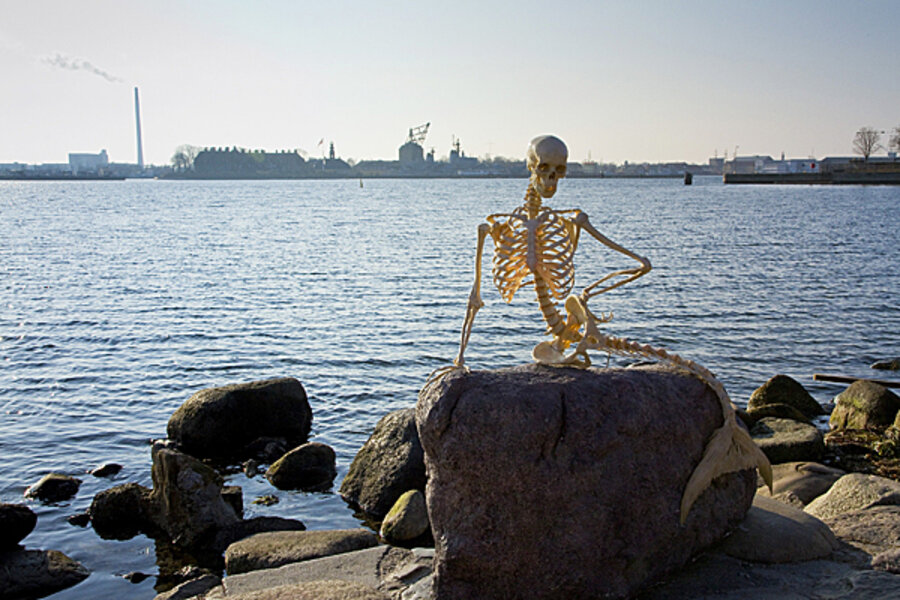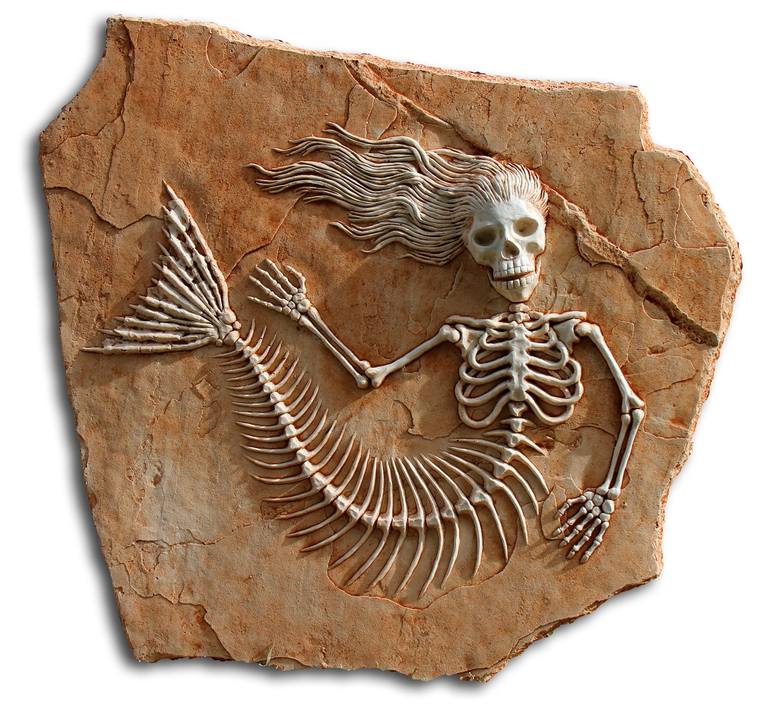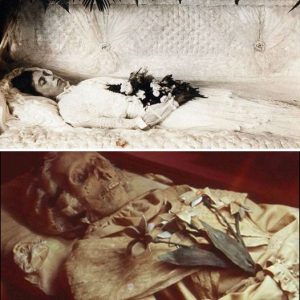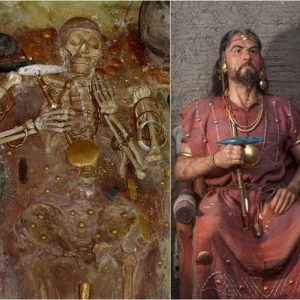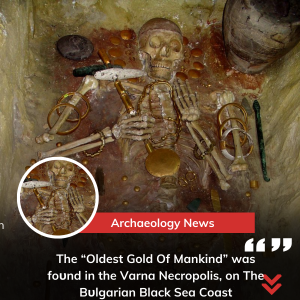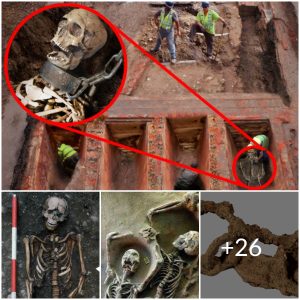In an extraordinary find that has captured global attention, archaeologists in Iceland have unearthed what appears to be the “mobile skeleton” of a mermaid dating back a thousand years. This remarkable discovery not only ignites the imagination but also opens up new discussions about mythological creatures and their potential basis in reality.
The discovery was made during an excavation in a coastal region of Iceland known for its rich folklore and mysterious histories. The archaeological team, while exploring an ancient burial site, stumbled upon a skeletal structure that defied conventional understanding. The skeleton bore both human and aquatic features, leading to immediate speculation about its origins.
The moment news of the discovery broke, it generated a wave of excitement and debate. Scientists, historians, and enthusiasts from around the world began to weigh in on the implications of such a find. Could this be evidence of mermaids, long relegated to the realm of myth, actually existing in some form? Or is there a more scientific explanation waiting to be uncovered?
A team of experts, including marine biologists, anthropologists, and geneticists, was quickly assembled to conduct a thorough analysis of the remains. The skeleton, which was found to be incredibly well-preserved, presented a unique blend of human and fish-like characteristics. The lower half of the body showed features akin to that of a large fish, while the upper half was distinctly human.
DNA analysis and carbon dating were among the first tests conducted. These tests aimed to determine the age of the skeleton and to understand its genetic makeup. Preliminary results indicated that the skeleton was indeed around a thousand years old, placing it firmly in the early medieval period. The genetic analysis, however, revealed a complex mix of human DNA with unidentified sequences, raising more questions than answers.
One of the most intriguing aspects of the find was the term “mobile skeleton” used by the researchers. This referred to the apparent flexibility and joint structure of the skeleton, suggesting it could have moved both on land and in water. The vertebral structure was particularly unusual, hinting at an evolutionary adaptation that allowed for significant mobility in both environments.
Icelandic folklore is rich with tales of mermaids and sea creatures, often described with striking similarities to the skeleton discovered. These stories, passed down through generations, tell of beings that could navigate both sea and shore, interacting with humans in various ways. This find lends a new layer of credibility to such legends, suggesting they might have been rooted in sightings of real, albeit rare, creatures.
While the discovery has its share of proponents, there are also skeptics who urge caution. Some suggest that the skeleton might be a complex hoax or that it could be an amalgamation of different species’ bones, perhaps placed together as part of an ancient ritual or as an offering. These perspectives highlight the need for meticulous scientific validation and peer-reviewed research.
Beyond the scientific intrigue, the discovery holds significant cultural and historical value. It offers a tangible connection to the stories and beliefs of ancient Icelandic society. Understanding how such a creature was perceived and integrated into the mythology of the time can provide deeper insights into the cultural fabric of the past.
The discovery has paved the way for further exploration and research. Archaeologists plan to conduct more extensive excavations in the area to see if additional remains or artifacts can shed light on the mermaid’s existence. Collaborative research with marine biologists may also explore the possibility of similar creatures in other coastal regions around the world.
The discovery of the thousand-year-old mermaid skeleton in Iceland is a groundbreaking event that challenges our understanding of history and mythology. While the scientific community works to unravel the mysteries surrounding the skeleton, it has already reignited global fascination with the possibility that mythological creatures might have a basis in reality. Whether proving to be a unique evolutionary phenomenon or a compelling archaeological enigma, this find underscores the endless wonders and mysteries that our world holds. As research continues, we may come closer to understanding the true nature of this incredible discovery.
